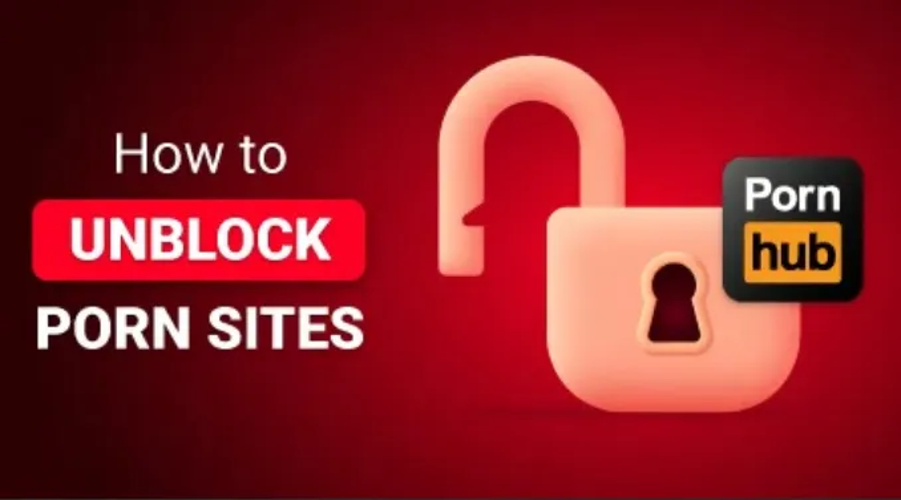If you live in Australia and are shopping for an electricity or gas provider, you might have come across Red Energy — and wondered: Is Red Energy a good provider in 2025? The honest answer: it depends. Red Energy has some solid strengths, but also recurring complaints. Whether it’s “good” largely depends on what you value (price, customer service, solar feed-in, stability) and how closely you monitor your bills and usage. Below is a balanced, realistic portrait — with recent evidence, real user feedback, and practical guidance (including how to use comparison tools such as Comparable.com.au) to decide if it's right for you.
✅ What Red Energy Does Well (Strengths & Advantages)
• Local ownership and renewable credentials
- Red Energy is fully Australian-owned and operated (via its parent company, Snowy Hydro).
- The company promotes renewable-matching plans: customers on several plans may get energy sourced from renewables at no extra cost.
- In some states (notably NSW and QLD), Red Energy has among the “higher feed-in tariffs (FiT)” for small-scale solar — which may benefit households with solar installations.
So if you care about supporting a locally owned provider, and perhaps want to pair electricity with rooftop solar, Red Energy offers an appealing, legitimate option.
• Awards & positive recognitions
- Red Energy claims to have won the “Most Satisfied Customers – Electricity Providers” award from Canstar Blue for NSW and QLD in 2024.
- In certain customer-satisfaction surveys (particularly in QLD), Red Energy is still regarded as “among the most trusted” electricity providers, with customer-service ratings around 4.2/5 — and a high percentage of customers recommending them.
For some households, these awards and recognitions may reflect an experience of reliability and decent service.
• Flexible plans and (nominally) low exit fees
- According to its public plans, Red Energy offers a variety of electricity and gas packages, including plans with no lock-in and $0 exit fee.
- For people who value flexibility (renters, frequent movers, or those uncertain about long-term usage), this can be a plus.
⚠️ What Many Customers Complain About (Problems & Risks)
Despite the strengths, there’s quite a bit of consistent negative feedback — and many warnings to proceed cautiously.
• Poor reviews and recurring complaints
- On public review sites, many recent “red energy reviews” are strongly negative. On Trustpilot, reviewers give a TrustScore around 2 out of 5 (or even 1.7 / 1.8 depending on region and time).
- On another platform, some customers describe bills far higher than expected, misleading advertised rates, long call wait times for customer service, and overall “bait-and-switch” feelings.
- A common thread: inflated bills after “estimated meter reads,” unexpected charges, or solar feed-in tariffs being reduced or removed — even after customers invested money into solar installations.
As one user review put it: “Misleading rates and terrible customer service … the advertised rate was never honoured.”
Another commented: “I signed up after seeing a competitive rate advertised … once active, my rate jumped dramatically.”
• Customer-service and billing issues remain common
- A 2021–22 report (by consumer-watchdog group CHOICE) found that 2.8% of Red Energy’s customers lodged complaints. That’s significant considering each complaint typically reflects multiple dissatisfied customers.
- Wait times for calls have reportedly worsened: average wait time jumped to 272 seconds (versus ~68 seconds in 2020–21), and around 16.6% of callers hang up before even talking to someone.
- Many complaints on forums and review sites mention smart-meter issues, inaccurate bills, or poor handling of solar feed-in rates. For many users, these problems are not occasional — but seem systemic and recurring.
🎯 For Whom Red Energy Might Be a Good Fit — And When to Be Cautious
| Your Situation / Priority | Why Red Energy Might Suit You |
| You live in NSW or QLD and have solar panels — and want fairly high feed-in tariffs | Red Energy offers comparatively good solar FiT in these states. |
| You value supporting a locally owned, Australian energy company (backed by Snowy Hydro) | Red Energy is fully Australian-owned & promotes renewable energy sourcing. |
| You want flexible plans, no long-term lock-in, easy switching | Red Energy’s plans advertise $0 exit fees and flexible terms. |
| You don’t mind sometimes having to push for transparency and check your bills carefully | If you’re comfortable being vigilant about meter readings, usage and billing, you might avoid the worst pitfalls |
Be cautious if:
- You want “set and forget” ease. Complaints about poor communication, high bills, and unexpected charges are frequent.
- You are solar-free, or live in a state where feed-in tariffs or renewable matching are minimal or unclear.
- You don’t want to monitor bills closely or deal with customer-service frustrations.
- You are sensitive to pricing surprises — many customers report that their bills spiked with no change to consumption.
🔍 How to Decide — Use Comparison Tools (e.g. Comparable.com.au) Smartly
This is where your own research becomes key. Instead of relying on broad reputations or promotional materials, you should:
- Use a comparison service like Comparable.com.au — input your address, energy usage, and preferences (solar, flat vs time-of-use billing, peak vs off-peak usage). This gives a tailored view of what’s actually cheapest or most reasonable for you.
- Always check small print: advertised “great rates” often come with conditions (peak vs off-peak hours, feed-in eligibility, meter-reading practices).
- If you have solar — run the numbers with feed-in tariffs + usage patterns + potential feed-in reductions over time. Red Energy’s past record shows feed-in rates can shift.
- Read the latest user reviews (2025 ones especially) — rates and service seem to vary a lot by state and even neighborhood.
By doing this, you mitigate risk: you treat Red Energy as one of many options, not a default “safe choice”.
🧑⚖️ Verdict: Red Energy — Not Bad, But “Proceed With Eyes Open”
So, “Is Red Energy a good provider in 2025?” — I’d say: Yes, but with caveats. Red Energy brings real value to certain households (especially those with solar, or those who value Australian ownership), but it’s not consistently dependable across the board. Recent reviews — even within 2025 — show many customers feel misled or disappointed.
If I were advising a friend in Australia today, I’d say: Use Red Energy only if you compare carefully, check all terms, monitor your bills, and are ready to question discrepancies. For many, that extra vigilance might make it a reasonable provider — but for a “set-and-forget” user, the risks may outweigh the benefits.
And importantly: before committing, plug your details into a comparison tool (like Comparable.com.au) and compare with several other providers. That’s the only way to know if Red Energy truly fits your situation.




